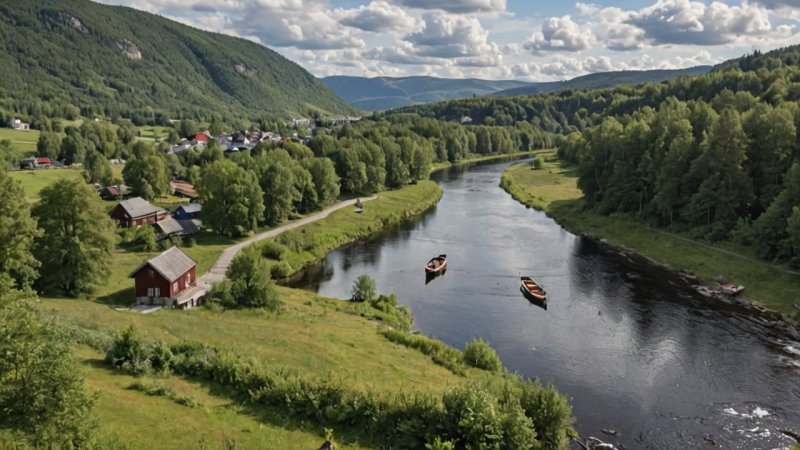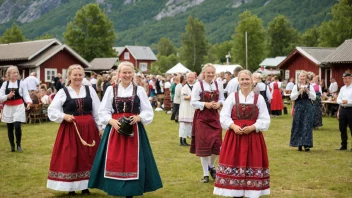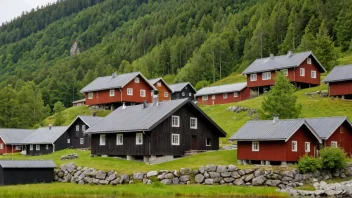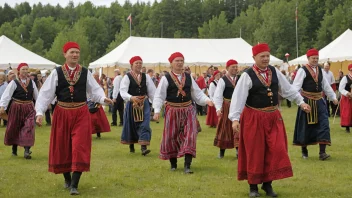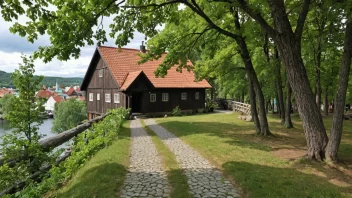Buskerud, a county rich in history, boasts an intricate network of waterways that played a vital role in the region's development during the Middle Ages. These waterways were not only essential for trade and transportation but also contributed to the cultural and societal evolution of the communities that thrived alongside them. In this article, we will explore the historical significance of these waterways, their impact on local economies, and the enduring legacy they have left behind.
1. The Role of Rivers in Trade
During the Middle Ages, rivers such as Drammenselva and Numedalslågen were crucial for the transportation of goods. They facilitated the movement of agricultural products, timber, and minerals, connecting rural areas with urban centers. The efficient transport system allowed for economic growth and the establishment of markets along the rivers, fostering trade relationships between regions.
2. Waterways as Transportation Routes
The waterways in Buskerud were not only vital for the movement of goods but also for people. Many communities relied on boats for travel, which was often quicker and safer than overland routes. The establishment of ferry services and small harbors along the rivers enabled easier access to various regions, promoting cultural exchange and interaction among different communities.
3. Cultural Significance of Waterways
Beyond their economic and practical uses, the waterways in Buskerud also held cultural significance. Many local legends and folklore are tied to these rivers, reflecting the deep-rooted connection between the communities and their natural surroundings. Festivals celebrating the rivers and their bounty were common, fostering a sense of identity and belonging among the residents.
4. Architectural Developments Along the Waterways
As trade flourished, so did the need for infrastructure. Many towns and settlements developed along the banks of rivers, leading to the construction of bridges, mills, and warehouses. Notable historical landmarks such as the old mills still stand today, serving as a testament to the region's industrious past and the importance of waterways in shaping the landscape.
5. Decline and Legacy of the Waterways
With the advent of modern transportation methods, the significance of these waterways began to wane. However, their legacy persists in the form of hiking trails, preserved historical sites, and ongoing cultural events that celebrate the region's rich maritime history. Today, efforts are being made to revitalize and protect these waterways, ensuring that future generations can appreciate their historical significance.
In conclusion, the waterways of Buskerud during the Middle Ages were more than just channels for movement; they were lifelines that shaped the region's economy, culture, and identity. Understanding their historical importance allows us to appreciate the enduring impact these waterways have had on the development of Buskerud and its communities.
